By Dale W. Swanson
I was a Boy Scout growing up and one of the many facets of Scouting I enjoyed was the camp-out and hiking. Fresh air, pine trees, and challenging exercise with friends made weekend trips unforgettable and just plain fun. I’m not sure when I forgot how much I enjoyed hiking, but it happened somewhere along the way as college, Army, DoD jobs, marriage, kids, and life in suburbia took over. I guess it took divorce and the regrouping period afterward before remembering the joy of a simple walk in the woods. Just like a day of range therapy, hiking brings peace of mind and an appreciation for life outside a 40-hour workweek.
It doesn’t take a lot of stuff to get started day hiking. I’m focusing on day hikes mostly because camping overnight requires a bit more equipment and expense. When I started, I basically had old deployment gear: a small pack, my Belleville boots, some cargo pants and trail shirts, and old Army canteens. It was enough to begin with. Over time, I’ve upgraded and bought more stuff than I probably really need, just like with any hobby.
Where to go? How to begin? Many suburban towns have running trails to walk along, and in Northern Virginia there are hiking trails near DC and along the river networks that make for good “starter hikes.” No, they’re not Mt. Katahdin or the Sierras or the 14K mountains in Colorado. However, they are better than sitting on the couch and more enjoyable than time in the gym. Get acquainted with carrying a pack with some weight and get your feet in shape. Use good boots, or hiking shoes if you are on the lighter side, and some decent aftermarket insoles.
The REI Co-op has gotten a lot of my money in the last 10 years! For whatever region you live in, there are bound to be websites and books detailing trails with lengths and difficulty. One of my favorite websites is hiking upward. I’ve picked and hiked dozens of named hikes from this site varying in length from 4 – 19 miles. The best or most challenging are not always the longest. The Shenandoah Park and George Washington / Jefferson Forests have enough hills and trails for years of enjoyment. You may have to drive 60-90 minutes before starting the trail, and this can contribute to a very long day!
What to wear? In clothing I recommend synthetic materials. When you hike, particularly uphill, you are going to sweat and cotton absorbs it like a sponge and doesn’t dry quickly. Buy wicking socks and hiking underpants. Chafing down there is no fun at all. I prefer light cargo pants with pockets for small items such as a map, compass, wallet, etc.
Layer as needed for the temperature and wear a hat. It will keep sweat and sun out of your eyes. Footwear is a critical item and while I’ve worn military boots, I prefer my Asolo Fugitive GTXs or my Salomon Quests. I like the Gore-Tex lining myself, but some folks may not, as it tends to make boots warmer. I add green Superfeet insoles, since I have pronating arches and need the extra support.
The backpack. I have a couple of packs I use, one small (Mountain Hardwear Enterprise), and one large (Camelback Hawg). Generally, the longer the hike, the more stuff I want to add “just in case,” and I pack lots of water. I could recite a suggested laundry list of items to bring, but the most critical (beyond map and compass, and the skill to use them) are water and a good first aid kit.
Even food comes after these. Your body needs water, particularly during heavy exercise, and if you’ve ever experienced heat exhaustion you will not want to again. Some might say to bring a water filter, and I would agree, but I have only used iodine tablets. A first aid kit is something you bring hoping you’ll never need it…but occasionally you do. I’ve tripped and fallen, gotten bruised, scraped knees, shins, hands and have a nice scar from a tumble I took a few years ago. Fortunately, I’ve never broken anything.
This is the bare minimum, but more items can keep you warm and dry if you unexpectedly must spend the night in improvised shelter. They also add weight. The more you hike, the more you will be able to judge how much you need. The picture below is what I will bring on a longer hike; all sorts of items I thought made sense to bring. Note the bear spray and the pistol. I have a carry permit and feel better bringing a 9mm in the back woods. To each his own. Also, this year I may buy a personal locator beacon or satellite phone. Cell phones often do not have service where I go, and the idea of being incapacitated with no one aware is something I don’t relish.
It’s a good sized pack and can actually fit all this stuff.
· Camelback Hawg H20 from 2007, with 100oz reservoir, extra bottles of water
· Frontiersman Bear Attack Deterrent
· Browning Hi-Power 9mm pistol with extra magazine, both loaded with Remington Golden Saber ammo, in a nylon holster
· Surefire flashlight, with 3 extra CR123 batteries
· Marmot Precip Rain Jacket
· Backpacker’s Pantry entrée with titanium spork
· Klean Kanteen (for holding hot water)
· Power Bars/Lara Bars/Beef Jerky
· REI stormproof matches
· K-Bar short fixed-blade knife with tanto blade
· Adventure Medical Kit “weekender” with trauma bandages, clotting gauze, CAT tourniquet, nasopharyngeal airway, C-splint, additional Aleve pills, and neosporin
· Bite and Sting Kit
· Hand/Toe Warmers
· Extra socks, Under Armor t-shirt, toilet paper, watch cap
· Grabber All Weather Blanket
· Approx 100’ 550 cord
· Gorilla Tape
· Leatherman multi-tool
· FOS Power cell phone charger
· Map, compass
· Pen and small pad of paper
Let’s say you’ve made it to the trailhead parking area. You’ve got your boots, clothes, gear, and are tracking on which way to go on your hike. Now you get to enjoy the fresh air, burning muscles, wheezing lungs, and great views that you’ve earned the hard way. Whatever stress you’ve had at home or work gets put on the back burner as your body tries to adjust to the sustained cardiovascular exercise.
The major thought on your mind is “I hope I don’t have a heart attack.” Cold weather or warm weather doesn’t matter because you’re focused on crossing a stream safely, walking up/down a hill without turning an ankle, and sometimes greeting fellow hikers who are friendly 99% of the time. At some point, you’ll want to stop for a snack or lunch, made at home or a sandwich shop sometimes, or just eat a freeze-dried meal. MREs work too. Finish up your route safely and then take stock of what you’ve done and where you’ve been.
Look at the photos you’ve taken and appreciate how different this experience is from most people’s routines. You’re probably soaked in sweat and smell accordingly. Your boots are covered in mud or just dirt and your muscles are shaking. Rehydrate and get some electrolytes in your system. Drive home and have an adult beverage while enjoying the satisfaction of accomplishment.
The flora and fauna you come across will be varied depending on where you live. I’ve seen lots of deer, squirrels, hawks, foxes, heron, coyote, and once an eastern black bear running like mad away from me.
I was amazed by these giant “Christmas trees” near Maurertown, VA.
Almost every time I go for a hike, I come back with a sense of achievement and peace of mind. I get a great workout that I feel the rest of the week thanks to sore muscles. I also find hiking to be a great way to detach from everyday life and develop self-confidence, along with the physical benefits.
Newbie mistakes and lessons learned. My first couple of hikes forced me to learn some humility. I’m hardheaded, but I do learn eventually. Here are a few tips to keep you safe:
- Wear decent socks. Blisters on toes and heel take a while to heal up and they make walking painful.
- Make sure your map is waterproof. Or, if you print out a map, use a document protector and seal with clear packing tape. I found my paper map didn’t do so well in a downpour.
- Read your map and know where you are. Don’t be too proud to admit you’re slightly disoriented. Walking 2 or 3 km in the wrong direction means you get to walk back the same distance again.
- Bring enough water and remember to replace electrolytes after you’re home again. Once, I went hiking on a hot day for distance, and l lost a lot of electrolytes. I didn’t replenish them properly with a sports drink or powders and just took water. The next day I had a whiskey-type hangover and my short-term memory was strangely affected. It scared the heck out of me and I won’t let that happen again.
Hiking alone or with a friend, or with a significant other can make for a nice experience that provides physical exercise and healthy stress relief. Moreover, it’s a way to appreciate another aspect of this wonderful country we live in.
I was not compensated for depicting any of the products in the photos, or for mentioning them in the text; I am simply imparting what seems to work for me.
All pictures courtesy were supplied by Dale and property of Spotterup


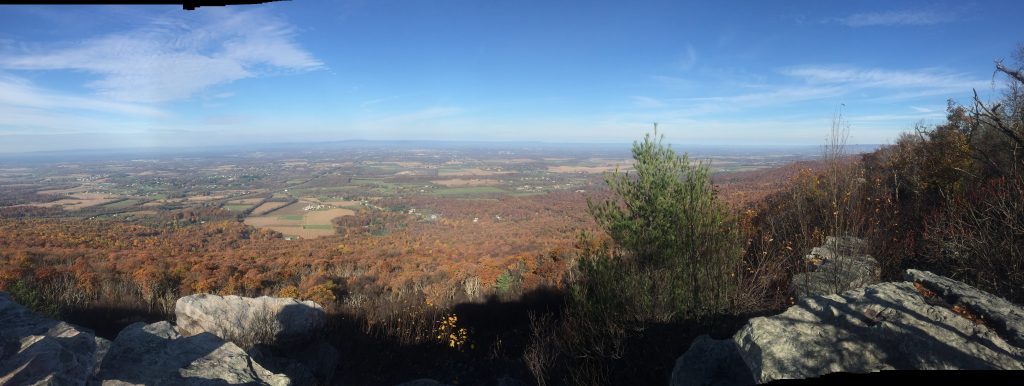

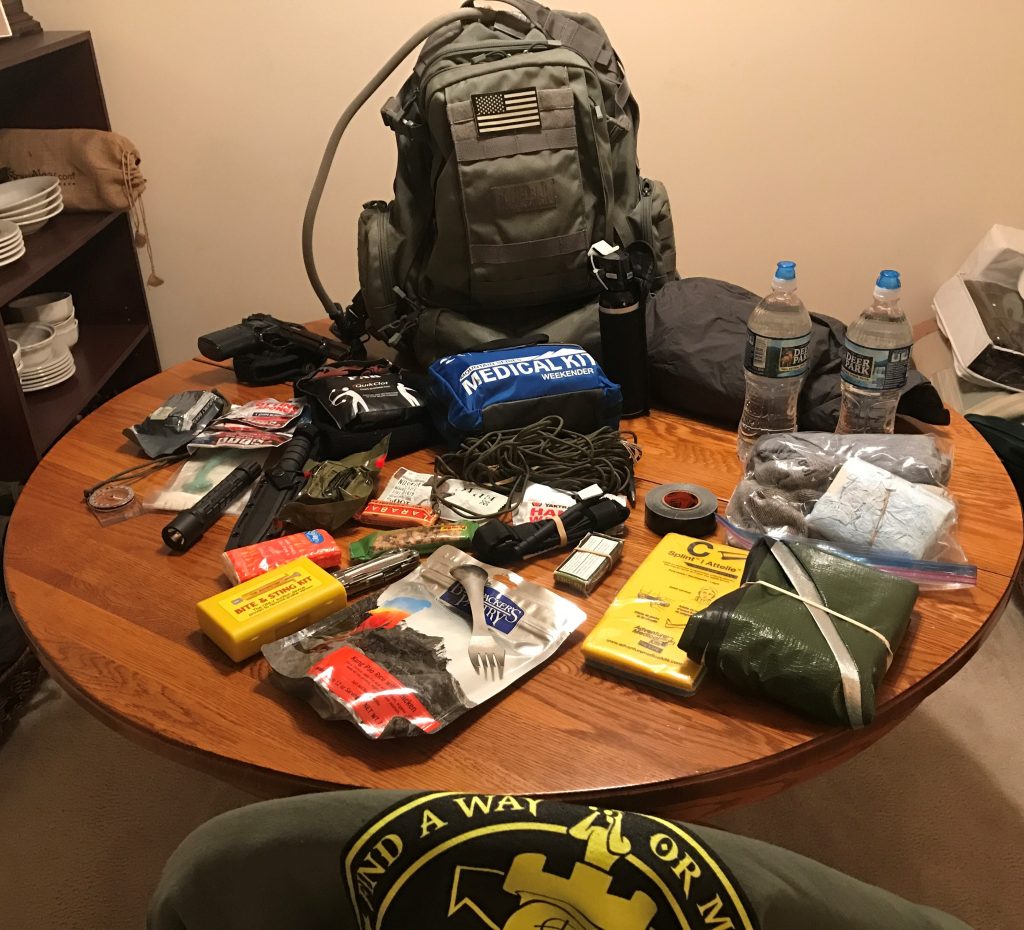
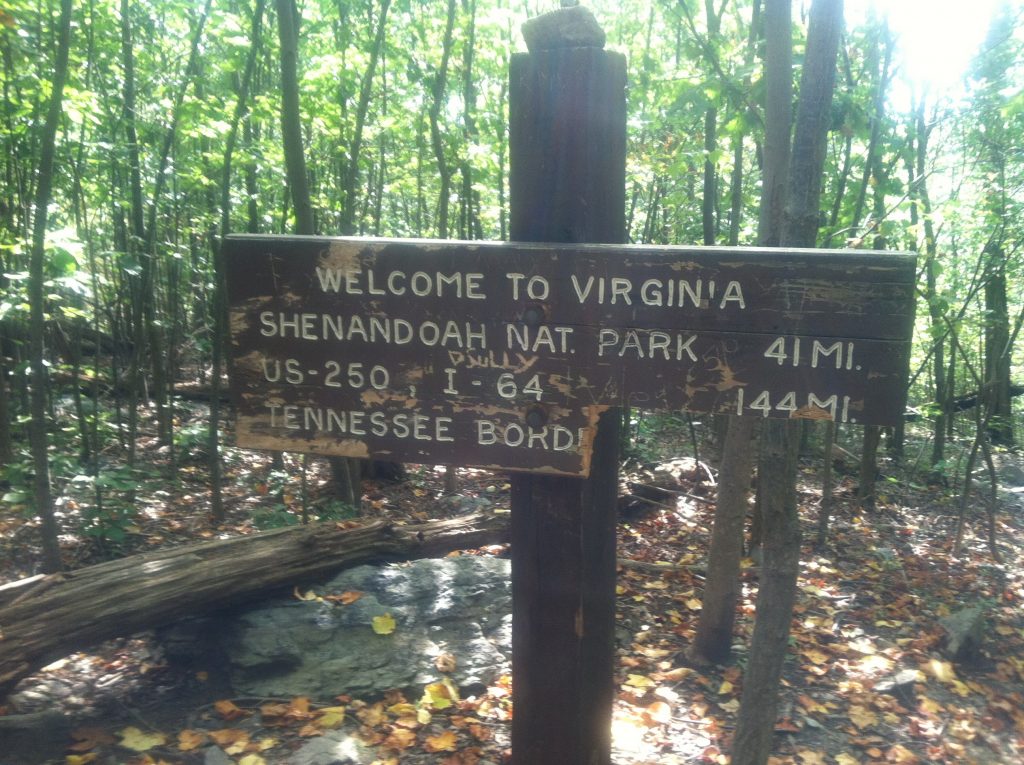
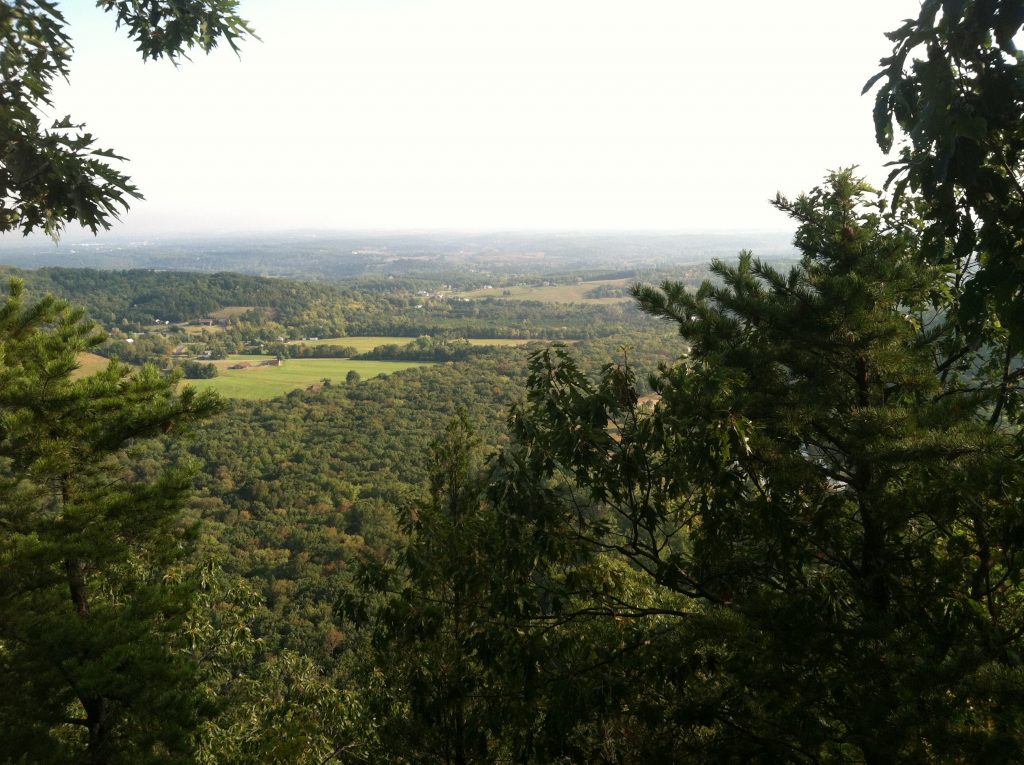
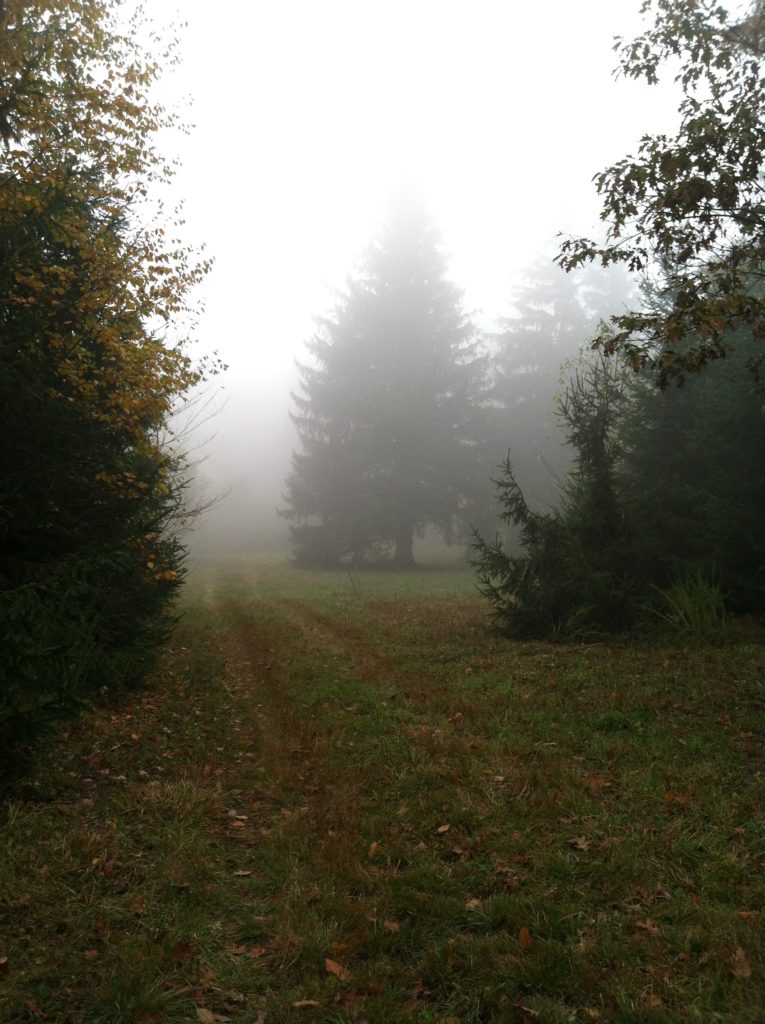
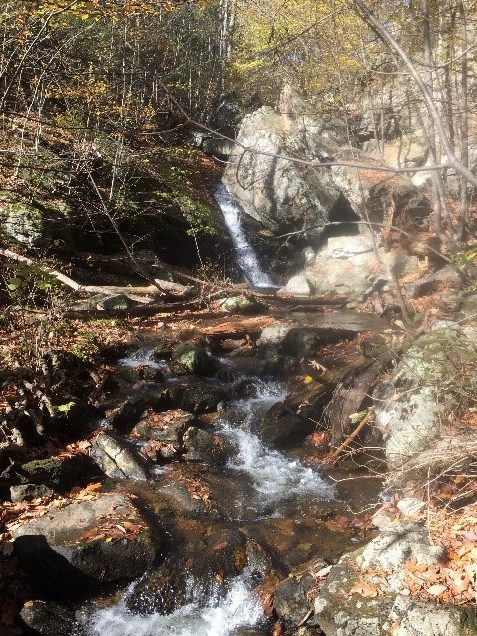

As a Search and Rescue Professional (Helicopter Aircrew) and volunteer (ground pounder) the big thing I would add is lots of signals. These days 99% of the clothing/gear people wear into the outdoors is in subdued colors (browns, greens, grays, etc) Those colors make you extremely difficult to find when you’re in trouble. A good SOL bivy or blanket in bright orange or one of the orange signal panels doesn’t add much weight and may very well save your life.